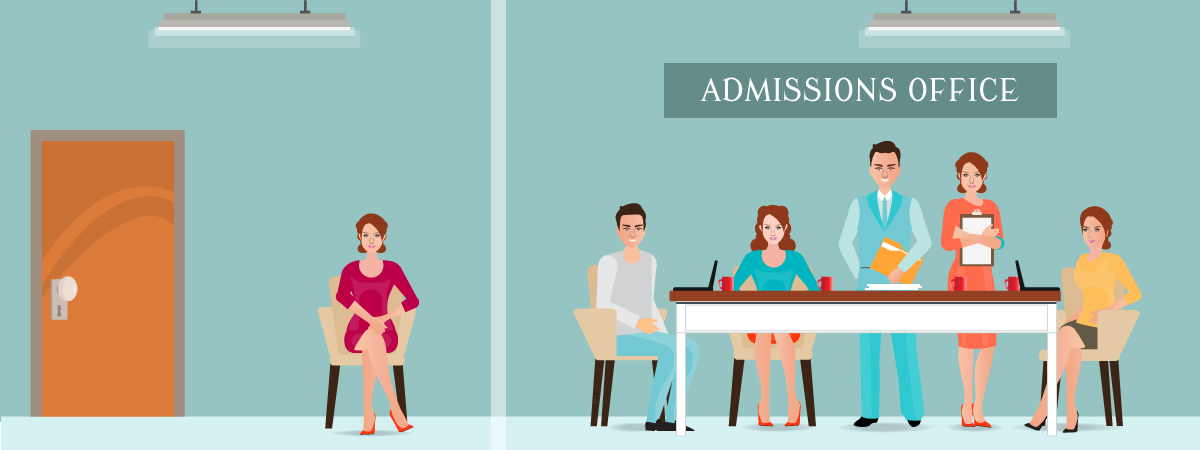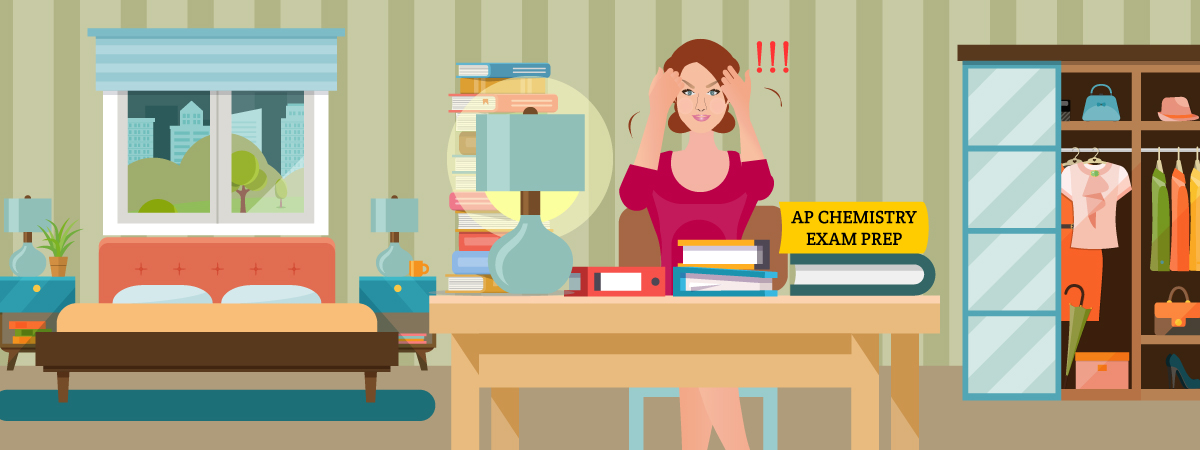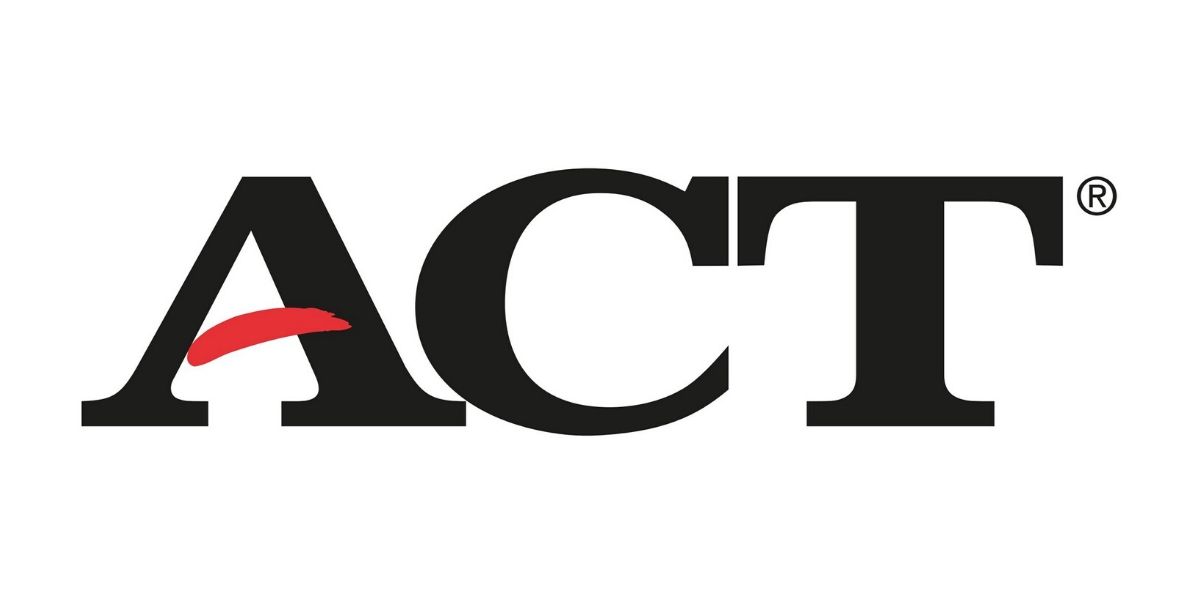The Pros And Cons Of AP Classes
In 2017, approximately 3 million high school students, spread across 22,000 high schools, took the Advanced Placement (AP) exams. These tests have long been viewed as a means to make students more desirable to college admission boards since the 1950’s.
AP classes, in spite of their public image, have a number of pros and cons that every high student needs to know about before signing up.
If you’re looking for comprehensive test prep, then don’t be afraid to check out our various SAT prep and ACT prep courses.

AP Class Pros
| AP Pros | Brief Explanation |
|---|---|
| Course Variety | AP course offerings cover various interests. A list of current subjects can be found via the College Board website. |
| College Prep | AP class curriculums offer challenging work and study, mirroring what students will face in college. |
| GPA Boost | AP classes are graded on a higher-point scale; doing well in them will add an extra boost to overall GPA. |
| College Credit | AP classes can earn high school students early college credits, depending on circumstances. |
| Rigor | AP classes demonstrate that you have decided to take on the additional weight and difficulty associated with them, which improves your profile in college admission board eyes. |
| Majors/Minors | Because of the depth that AP classes cover, students can get an idea of what it’s like to either major or minor in them in college. |
AP Class Cons
| AP Cons | Brief Explanation |
|---|---|
| Higher Challenge | AP classes can present unexpected challenges to students when it comes to time commitment and course difficulty. |
| Exam Costs | AP exams aren’t cheap to take. Each one costs under $100. Taking multiple classes adds up fast. |
| Non-Uniform Acceptance | Not all colleges value AP test scores and classes equally; students need to be aware of how individual admission boards weigh them out. |

Consider The Pros
On the surface, AP classes appear to have a lot of benefits in the student’s favor.
On one level, they’re designed in theory to help them approximate the college experience ahead of time. One of the biggest adjustments college freshmen make, besides often moving away from home, are the heightened requirements that classes demand of them.
Sitting through 1-3 hour lectures, semester papers, and in-depth tests are a lot to take in, especially spread across multiple classes simultaneously.
However, a motivated high school student can get a taste of this heightened rigor if he or she takes one or two AP classes alongside their regular class workload.
Beyond using them as a means to break-in college-level focus, AP classes also offer students the opportunity to polish their overall academic profile. Since they are graded at a higher-point scale than their regular curriculum counterparts, doing well in AP classes will boost the cumulative GPA overall.
[leadmagnet_five]
If you’ve ever asked yourself, “how did those kids get higher than a 4.0?” The answer is simple – they took and did well in AP classes. Remember too that when applying for college, it’s not simply numbers that admission boards are examining.
They are a lot like sports coaches in that they’re trying to assemble the best, most competitive incoming classes as possible. If they see that you accepted the challenge of AP classes and succeeded, alongside maintaining other extracurricular activities, they may weigh that heavier than kids who only did well at regular high school courses.

Take A Hard Look At The Cons
While the perceived drawbacks are fewer in number, in reality, they can exert more weight on high school students than realized.
You may be thinking to yourself, “with all these benefits, why wouldn’t you fill your schedule with AP classes?” Hold on, unfortunately, it’s not that simple.
First, there are many high school students that don’t anticipate how difficult juggling AP classes can be with regular school work. The in-depth nature of these courses require a lot of time and can be mentally draining to a lot of kids.
Couple that brain drain with also maintaining other outside school commitments like sports teams, activity clubs, and spending time with loved ones, the stress levels are definitely higher.
Students who have always been more naturally industrious and academically-minded often do well with maintaining this balance, but even then, it’s normally not easy.
[leadmagnet_two]
Second, unlike regular high school exams, every AP class exam costs a set amount of money. In 2016, the regular cost of an AP exam was $92.
Let’s say you’re a high student who decides to take two or maybe even three to four AP classes. That class load directly translates to an out of pocket expense for your parents that’s between $200 to $400.
For some families that may not be too bad, but for lower-income families, that expense can add up fast even with discounts that College Board offers. For the student taking those exams, the pressure to score high becomes incredibly higher than if they were taking a regular course for free.
The biggest hidden problem that AP classes have is…not all colleges value them equally. Since no two colleges or universities are the same, it’s false to assume everyone values AP class and exam scores equally.
Some colleges may be more forgiving if you pass an AP class with a less than perfect score; other colleges may discount your effort because you didn’t score as high as other candidates. Also, some colleges don’t heavily weigh the 5-point scale that AP courses are graded by normally.
In other cases, doing well on both the coursework and exam doesn’t automatically guarantee early college credits either. If you’re counting on that before signing up, then you need to investigate the schools and programs you want to apply for first.

Think And Plan Carefully Before Committing To AP Classes
The point here is to make you aware of all the consequences of taking AP classes and encouraging you to think and research carefully before committing.
If you’re a high school student or parent of one, then it’s natural to consider using AP classes to help boost grades and academic profile. But don’t just jump in and start signing up for classes.
First, speak with your high school counselor to discuss your goals, schools and degree programs you may already be looking at, etc. It’s safer to let them help you define your goals and approach AP courses strategically than just jumping in.
It also gives you the opportunity to discover how different colleges out there are weighing AP class and exam scores overall. If you’re looking at two university programs that are very stringent on only accepting students with high exam scores, then you know that AP exam prep has to be a priority.
Plus you can decide which class or classes best fit with future plans and current schedule. Ultimately, AP classes are a choice; you don’t have to take them, but if you do and handle them well, there are obvious benefits to reap.
However, it’s important to weigh those benefits against the real cons and figure out if they fit well with your future plans or not. If you do choose to take the plunge into AP classes, then do so with a strategy in place for success rather than hoping to pass.
Look at schools you’re interested in, find out their admission stances, and choose the best classes that most closely fit the places you want to go. From there, it’s simply committing the time and energy to do well. Just don’t forget to consider AP classes pros and cons.
For more test strategy, college admissions, and scholarship application tips sign up for our FREE class happening right now!
AP Class Pros and Cons FAQ
Can AP classes help raise my GPA?
AP classes are graded on a higher-point scale; doing well in them will add an extra boost to overall GPA.
Can I earn college credits?
AP classes can earn high school students early college credits, depending on circumstances.
How much does it cost to take AP classes?
AP exams aren’t cheap to take. Each one costs under $100. Taking multiple classes adds up fast.
How many students take AP classes?
In 2017, approximately 3 million high school students, spread across 22,000 high schools, took the Advanced Placement (AP) exams.
Written by Todd Marcus
More from Todd Marcus

Taking The ACT Junior Year
If you're ambitious and want to give yourself plenty of time for score improvement, then consider taking the ACT junior…

ACT 2020 Score Release Dates
Here then are the ACT 2020 score release dates to plan around, as well as, the different kinds of available…

How To Determine Your Average SAT Study Time
If you want a high score on the SAT, then you need to put in the hours. There's no way…